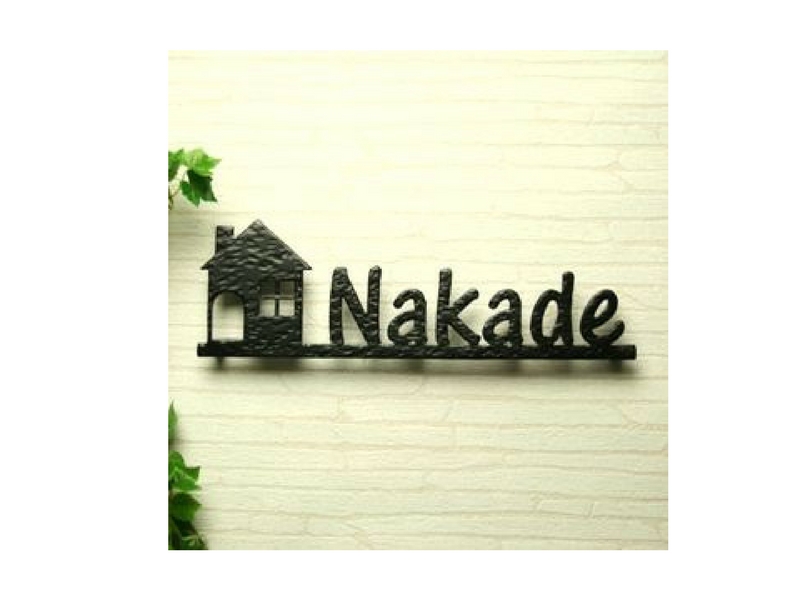 Mar
21
Mar
21
What Makes A Good Nameplate?
- March 21, 2018
- 0 Comment(s)
What do you know about nameplates? When you hear the word, you’d probably think of tags that pin on one’s shirt. made of cardboard or plastic with a name on it. A few years back, this was mostly true. But thanks to a number of product innovations, nameplates have become a lot more functional and sophisticated than what we used to know.
Nowadays, nameplates serve a variety of purposes. You can use office nameplates to give your place a professional look or durable industrial nameplates to label large equipment when plain stickers won’t do. From product identification to managing your company assets, equipment nameplates have become almost indispensable.
Of course, product identification and asset management are only a few examples of how nameplates are used. However, always remember nameplates are only good when you have the right kind. So before you go get a bulk of these, you need to consider certain factors. Below are some nameplate basics you need to remember.
1.Choose the appropriate material.
As already mentioned, you can use nameplates for your office desk or your home. Since nameplates are available in different materials, you need to know first where and for what purpose you would be using these. This way you can choose the most appropriate material. For example, an acrylic-finished nameplate is best for office use while a thick aluminum plate is more ideal for use on heavy industrial machines.

2.Create your own design.
What makes nameplates even better is that you can get a customized design at no additional cost. You can choose to add your own logo and include company information without any hassle. Nameplates also come in a variety of sizes, colors, and font styles so you don’t have to settle for the usual boring options. You can even have your wording permanently engraved or laser etched to make sure that these wouldn’t come off even after years of use.
Related Post: NAMEPLATES IN INDIA
3.Add special features.
Nameplates come with a variety of special options to make these even more functional. You can choose to include serial numbers or barcodes to make equipment inventory and tracking easier. Mounting methods are also up to you. You can get nameplates with special adhesives or mounting cutouts to make installation fast and simple.
A good nameplate should be durable, functional, and must cater to all your client’s specific requirements. With these factors in mind, you should now be able to come up with a nameplate design that best suits your needs. If however, you’re still not entirely sure, don’t hesitate to consult a trusted manufacturer so you won’t go wasting valuable company resources.
Source: Seton
